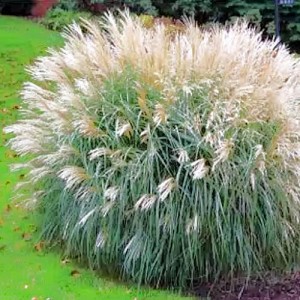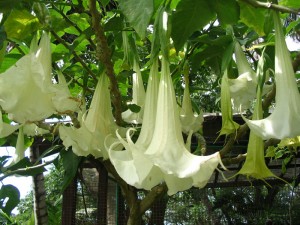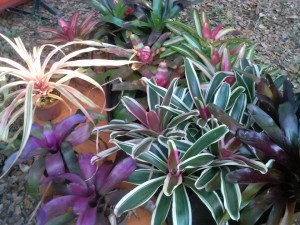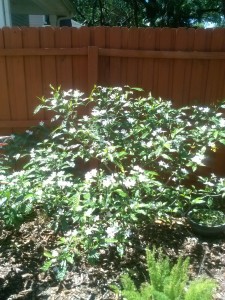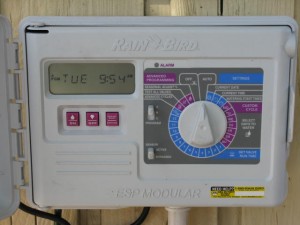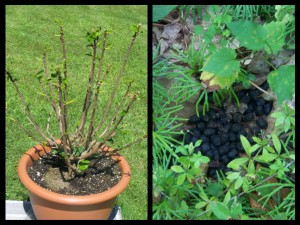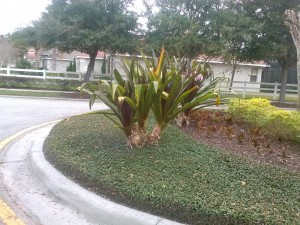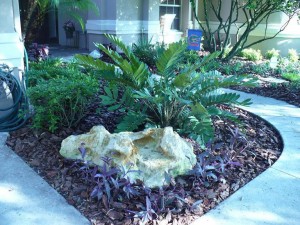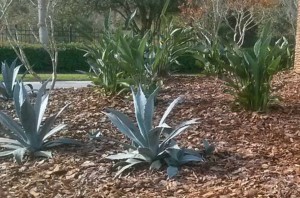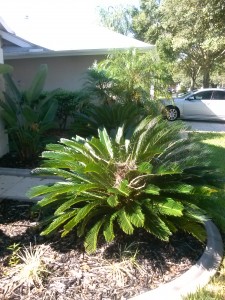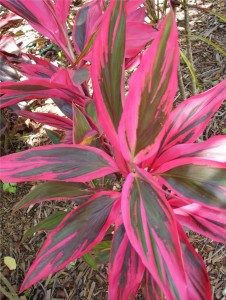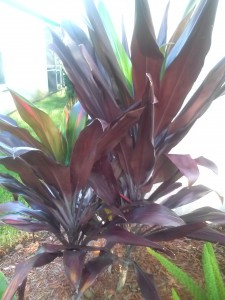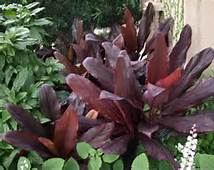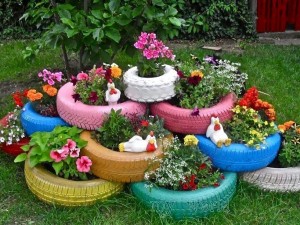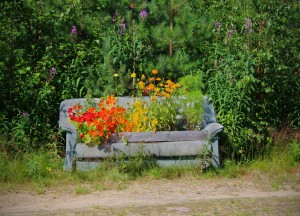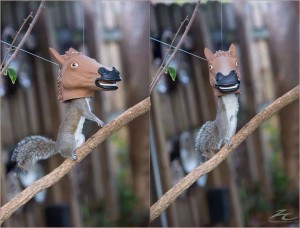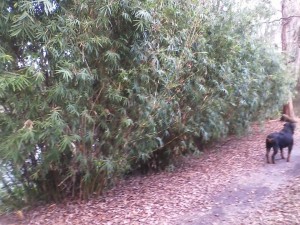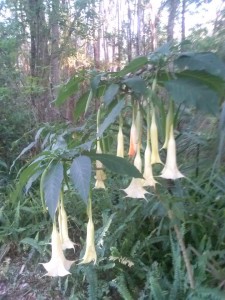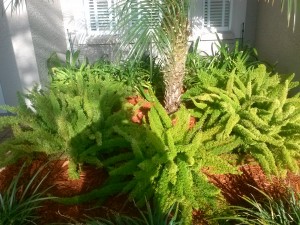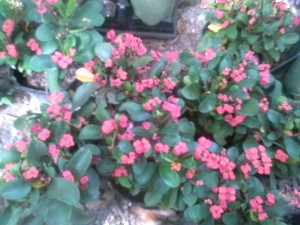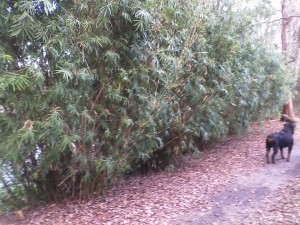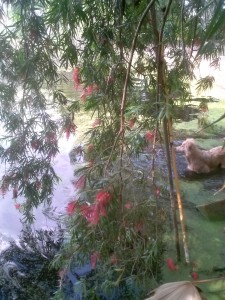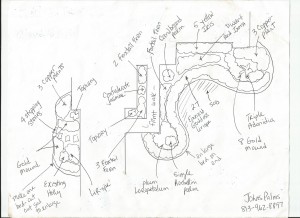
A well designed landscape can add thousands of dollars to the appraised value of your home, and, surely, all of us understand the impact of "curb appeal" to potential buyers, real estate agents, appraisers, and loan providers. Beyond that, though, a well designed landscape offers a sanctuary and beautiful vista for the homeowner, neighbors, friends and visitors, and even passer-bys. A successful landscape design can be a show-stopper, eliciting fascination, envy, and wonder at the beauty of it. To achieve that impact, though, there are 7 important elements of a successful landscape design that must be considered:
1. By far, the most important element of landscape design basics is to recognize the primary point of view of your home and landscape. Unless your home is at the end of a cul-de-sac, you are most likely approaching your home from a singular direction, from the left side or the right side. Even if you live at a home that can be approached from both directions, it is most likely that you and your visitors approach your home from a common direction. That is your primary point of view. While it is important to look at all angles, the primary point of view is always what you see as you approach your home. After all, you are the one that will see your landscape every day, and you are the one that needs to be pleased with what you see.
2. Now that you have determined your primary point of view, the next important element of a successful landscape design is almost as important as the first....define what you love and hate about the area to be landscaped. Do you have a beautiful front walkway with arches and columns? Do you have large sweeping windows with low sills? Do you have a one-story horizontal ranch-style house that looks short? Do you have a neighbor that you wish wasn't your neighbor? Do you have a street light that intrudes into your living room, night after night? Do you need a little bit more privacy in one location or another? Do people use your yard as a cut-through to get to the dog park? Do you have a large tree(s) that must be worked with? Identify those good and bad areas and features, and use your landscape design to fix them through select plants, and landscape concepts.
3. Now that you have done the first two steps, we are ready to dive into the heart of landscape design basics: defining the landscape bed. I personally think that this is the hardest part of the design process, but it is also one of the most important elements to a successful landscape design. As well, it is also open to personal design preferences, so it is hard to go wrong with your choices. More than anything, I would say that you can easily make your bed outline too small (and the house dwarfs the landscape), but you can never make it too big (everyone loves a large landscape). Of course, the larger the bed, the more plants and expense, and, ultimately, weed pulling and plant trimming. But, design is still design, and given that you have identified the features of your home and yard that you love and hate, now is the time to put that to action. Short houses need lift on the corners, and some of those choices can also be used for privacy or blocking the neighbors and trespassers; tall houses need something on the corners to make them not look so tall; every row of plants needs at least 3', so 3 tiers equals 9' at a minimum for bed depth; use curves to soften sharp edges. Look at other designs that you admire in your neighborhood (not the plants, but the bed layout), and use that as an inspiration for your layout. Use a garden hose or extension chords to play with bed lines. At this point, we are still not at plant selection, we are just trying to define the space to work with. As we progress, we will revisit this step again, and refine it further.
4. At this point in landscape design basics, we are ready to consider plant selection and placement of those plants in the landscape, but we are not ready to decide on the exact plants that we will use. Instead, we are going to look at them as if they were geometric shapes, that grow to different sizes when mature. We are still on design principles, and every plant has it's place in a landscape. When I design, I look at plants like furniture: some plants are sectional sofas or entertainment centers, and others are cocktail tables or recliners; some are foot stools or end tables, and the rest of them are pictures and lamps. An important element of a successful landscape design is to make sure that we have the appropriate combination of all of these in the landscape design, as no living room would be inviting with all sofas, and no pictures and lamps, and visa verse. It is all about balance, and there are many plants that will naturally fill any design requirement . If you have a small living room, you still need a sofa, TV, and cocktail table; if you have a large living room, you need that, and a loveseat, recliner and a few end tables. It's up to you, and your design aesthetics, but ultimately, everybody needs the big and medium items, and then some pictures and lamps. In your landscape design, position your larger specimen plants first (trees, palms), then the mid-sized specimens next (King Sago, Crinum Lily, the 4'X4' plants), and then the rest is pictures and lamps. At this point, we are still not looking at plant selection, but we are re-evaluating our bed layout design. Is it going to hold all of the furniture/plants that we want to put in there? As we get deeper into landscape design basics, we need to keep the bed layout in mind. We will get back to that.
5. At this point, we have not discussed another important element of a successful landscape design, which is the style of your home. If your house has a strong, distinctive exterior style, then it will lend itself to a certain landscape style, that must be honored. To me, as a landscape designer, most homes have a personality that calls to me of a certain style of landscape design. That being said, it does not mean that you can't bend the rules some, but all would agree that it would be a bad match to pair a Key West landscape design with a Colonial traditional home. As we get closer to plant selection, this part of landscape design basics is critical, as I do think that you can pair many plants with many styles, just be cautious of ignoring your house's inherent personality. When you ultimately do you plant selection, ask yourself "does this fit with the style and plan that I have envisioned?".
6. This important element of a successful landscape design might require some outside help, or a least a little bit of research and homework, and it is about the planting site, as well as your expected level of participation in the long-term care of your plants . What are the sunlight conditions (shade, part shade, full sun)? Is it exposed to winter elements (north facing, prone to freeze or frost damage)? What type of soil (well-draining, or clay-based)? Are there drainage issues, where water collects? Are there unusual but common issues like deer eating the landscape plants? Are you willing to provide pest control on plants that are prone to pests? Are you willing to trim plants to keep them to size requirements to meet your landscape plan? Do you have an automated sprinkler system, and are you willing to run it? If not, are you willing to hand water or provide water, to establish and maintain your landscaping? These issues are unique to your landscape, and you, and must be understood and addressed if you want a successful landscape design.
7. Congratulations! You are now ready to select your plants! You might have noticed that plant selection is the least important part of the Landscape Designs Basics process, for a very good reason. Plants are expensive, and some plants are permanent and difficult or expensive to remove. With a thoughtful plan, hopefully you will have a landscape plan that will enthrall you and captive others for years to come. Now that you know what you need to fill a landscape space, and you know what your site conditions are, and what your level of desired maintenance and care to be, you can shop for your plants. Start with the largest, and adjust your landscape bed line accordingly, with it's ultimate growth in mind. Then select the mid-sized plants, and give them room, too. The rest is pictures and lamps, and while they are important, they are usually not hard to move, or change out.
I've been doing this for years, and I can tell you that it is trial and error. I've done probably 1500 landscape designs, maybe more? and to be sure, every home is different, every client's needs are different. I get stumped, more than one would think, and I just walk away for a few hours or a day, and then revisit it. There is no right or wrong about design, you just have to like what you have done, and hope that others agree. That is the Art of it, yes?
Like this:
Like Loading...

